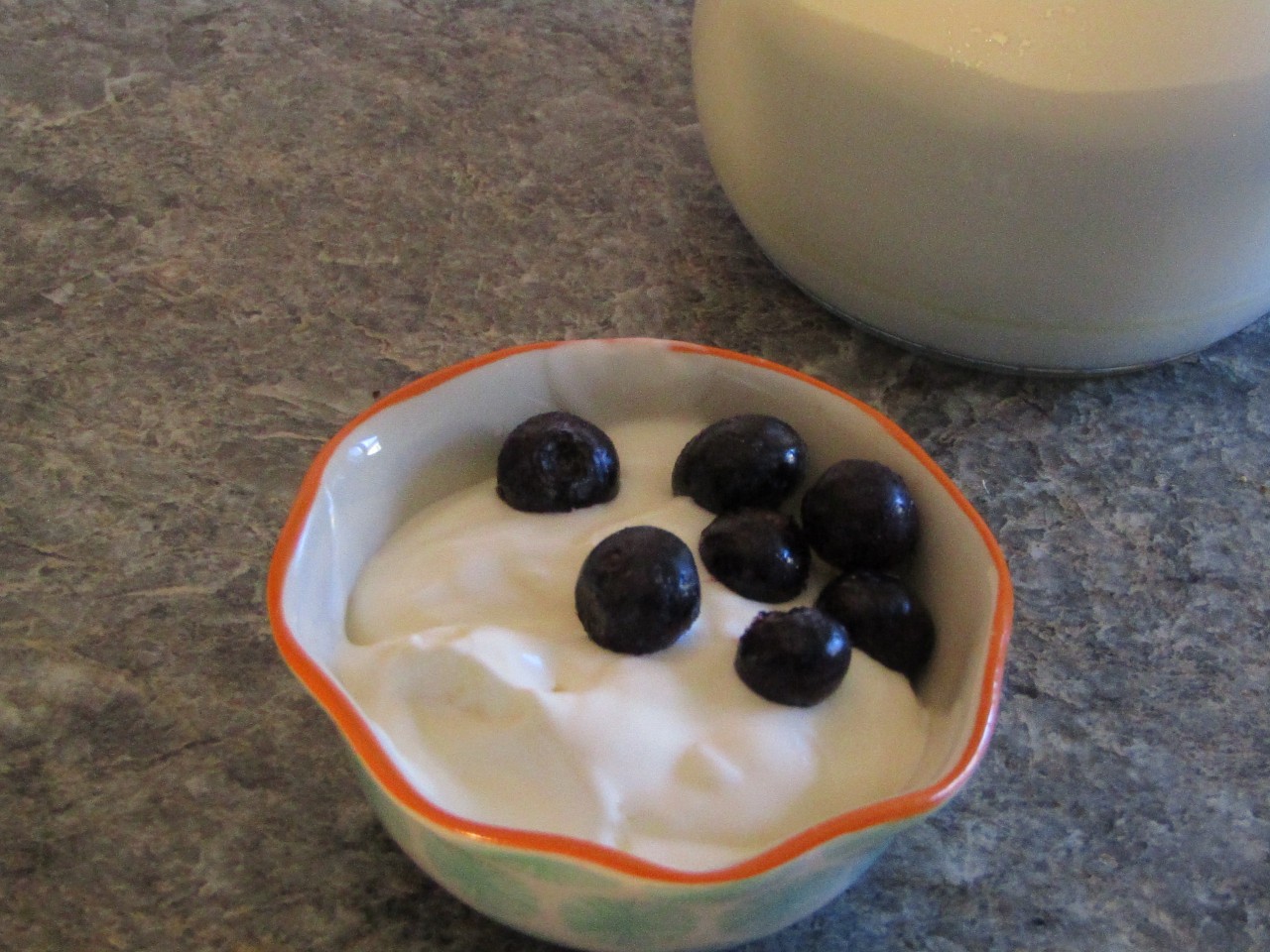This post contains affiliate links.
Yogurt is one of the most popular fermented milk products. It can be made with a variety of milk types including heavy cream. Yogurt made with heavy cream has a thick creamy texture, produces little whey and is less tangy than other yogurt made with milk of a lower fat content.
Yogurt made with heavy cream has a lower lactose and water content while having a higher amount of milk fat. As a result the yogurt is not as acidic, has a creamier texture and maintains its viscous texture during handling.
If you want a yogurt that has a rich texture which is great for dips, fruit topping or just eaten with a spoon then heavy cream yogurt is a great choice. Other forms of thick yogurt rely on thickeners, the draining of whey or long pasteurization times (for more ways to make thicker yogurt check out this article) but yogurt made with heavy cream does not need any additional processing or additives to get a thick creamy yogurt.
Why make yogurt with heavy cream
Yogurt is one of the most popular fermented milk products. It is made commercially from a variety of milk fat contents from 0% fat free milk to 14% milk fat. Upon reading the ingredient list of most store bought yogurt you will discover that the less fat in the milk the more additives are added to the yogurt to give it its traditional consistency and texture. This is because the fat content in the milk acts as a buffer to the proteins in the milk, preventing them from associating with each other too strongly. Without the fat other means are needed to reproduce this characteristic.
When heavy cream is used to make yogurt the fat in the cream remains untouched by the lactic acid bacteria and remains stable throughout the process. The fat molecules lowers the ability for the protein molecules to create strong bonds with each other, keeping the yogurt texture soft.
Yogurt made with high fat milk makes great dips, sauces, probiotic ice cream and fruit topping. It is thick and creamy with a slight tangy flavor from the lactic acid and lower lactose content.
How to make heavy cream yogurt
The method for making yogurt from heavy cream is the same as making yogurt from any other type of milk. The incubation time may vary depending on the type of starter you are using, the temperature it is incubated at and how much starter you used. To learn more about how these conditions affect your yogurt’s flavor check out this article here.
Equipment needed:
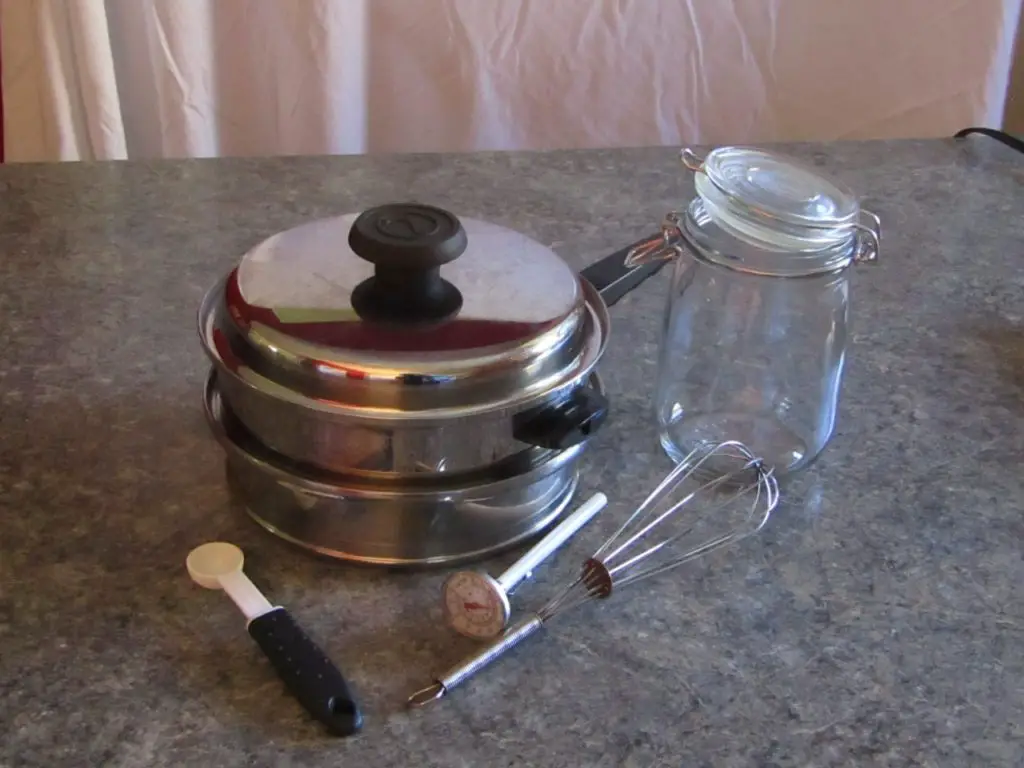
- 1 glass jar with lid
- Wooden spoon
- Double boiler
- Thermometer
- Whisk
- Incubation chamber
Ingredients:
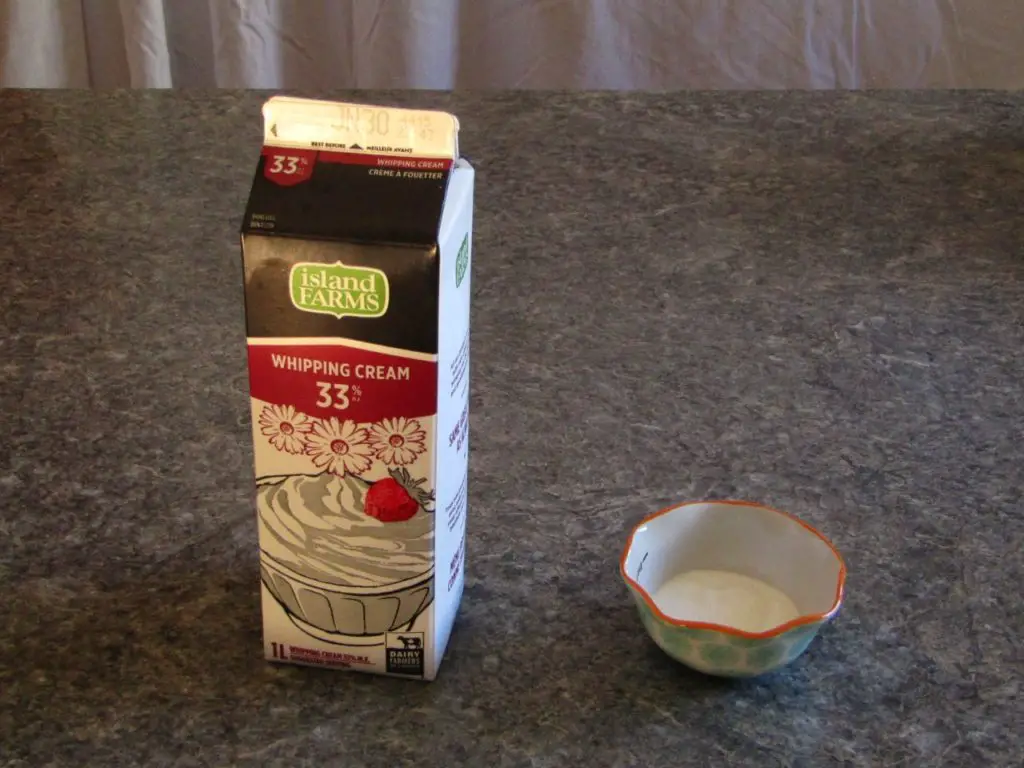
- Heavy cream
- Yogurt starter
Instructions:
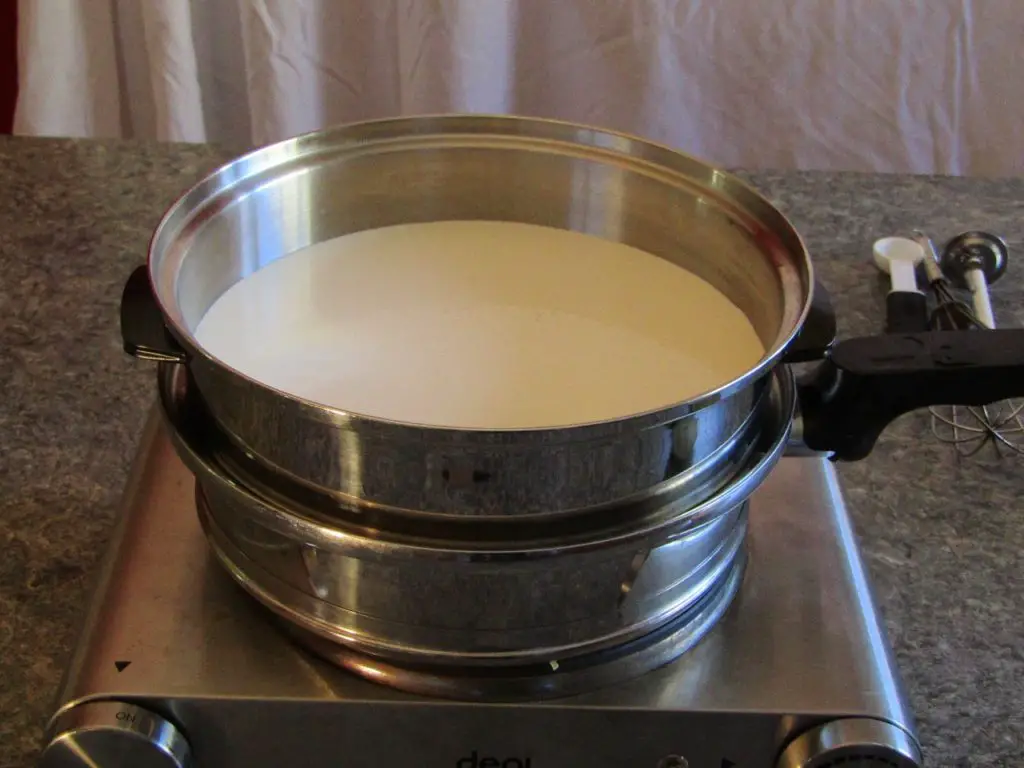
- Add Milk to double boiler
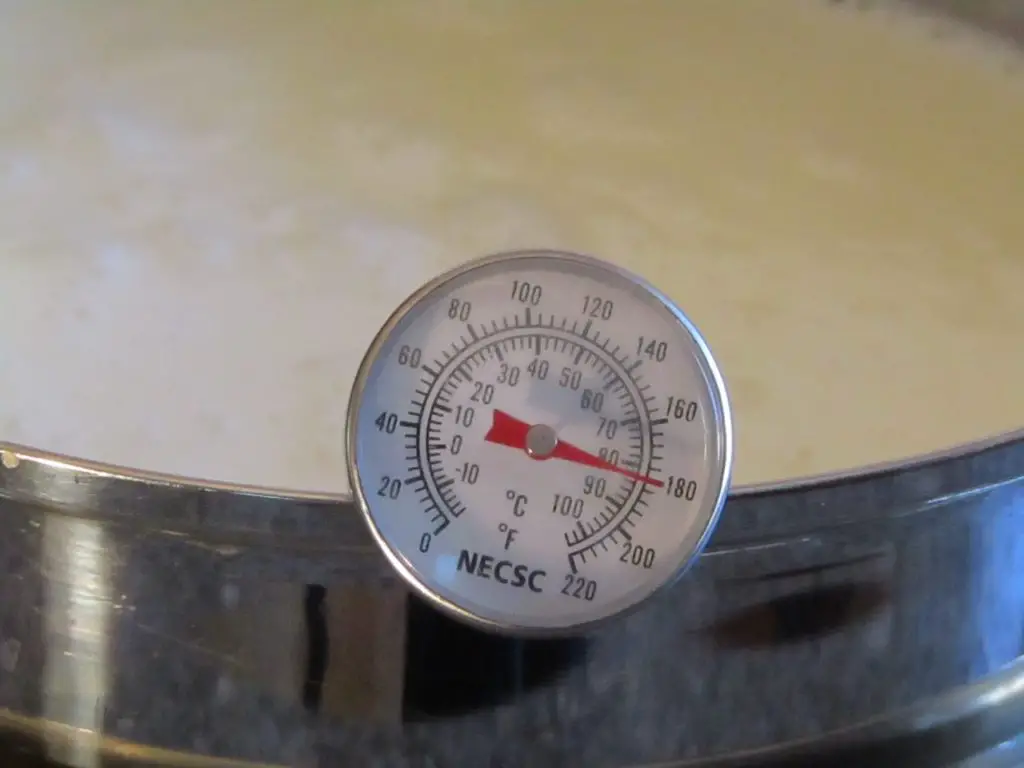
- Heat milk to 180℉℃ and maintain temperature for 10-20 minutes stirring regularly
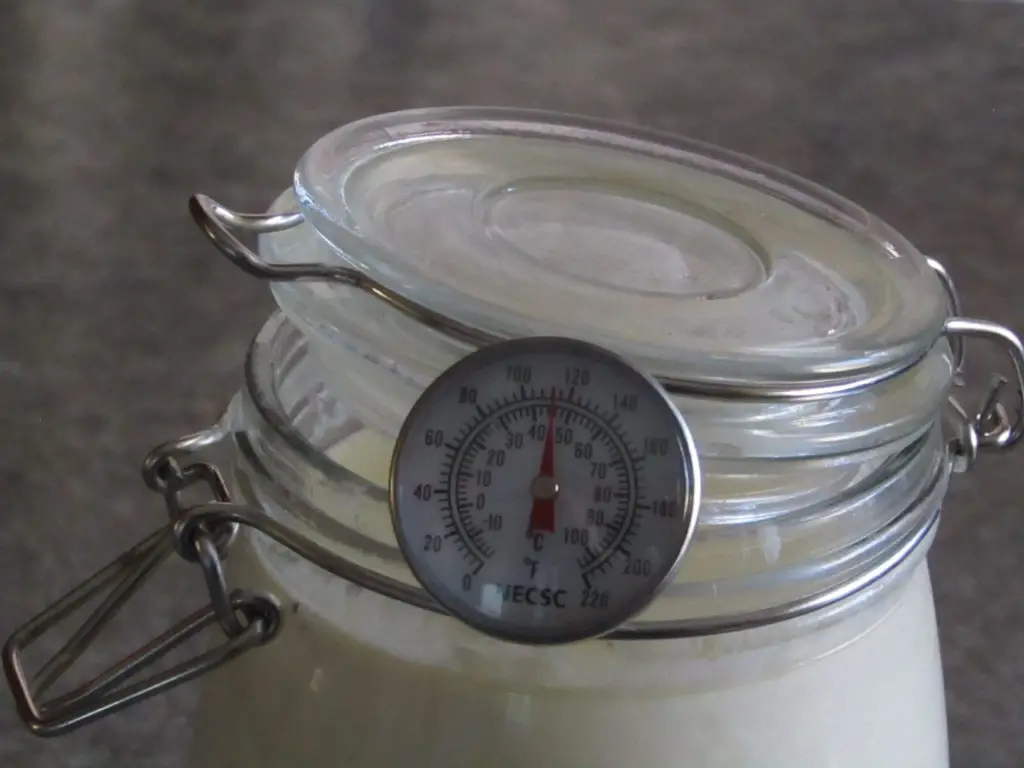
- Let cool to 115℉℃ and Pour milk into glass jar
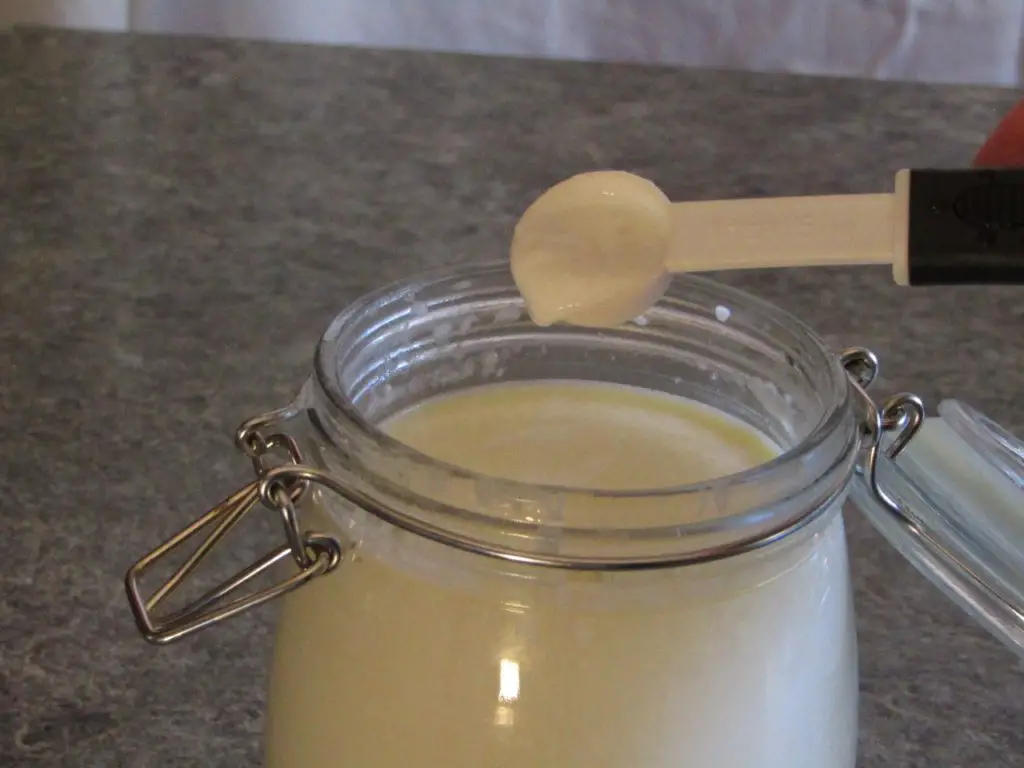
- Add starter
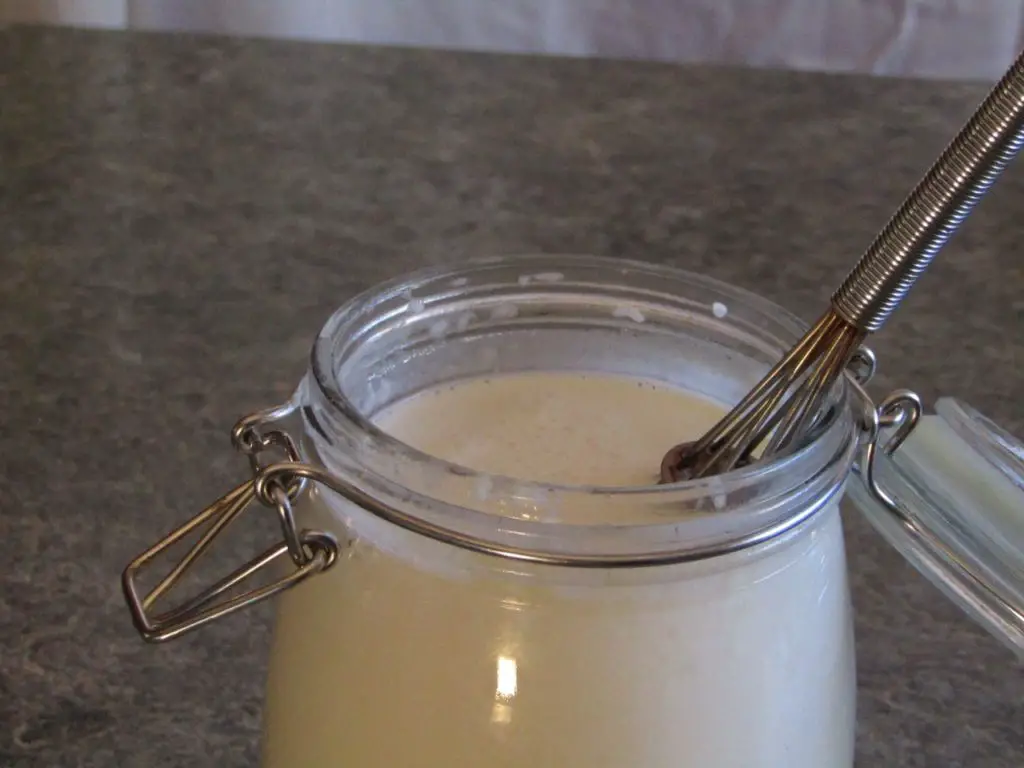
- Whisk until combined
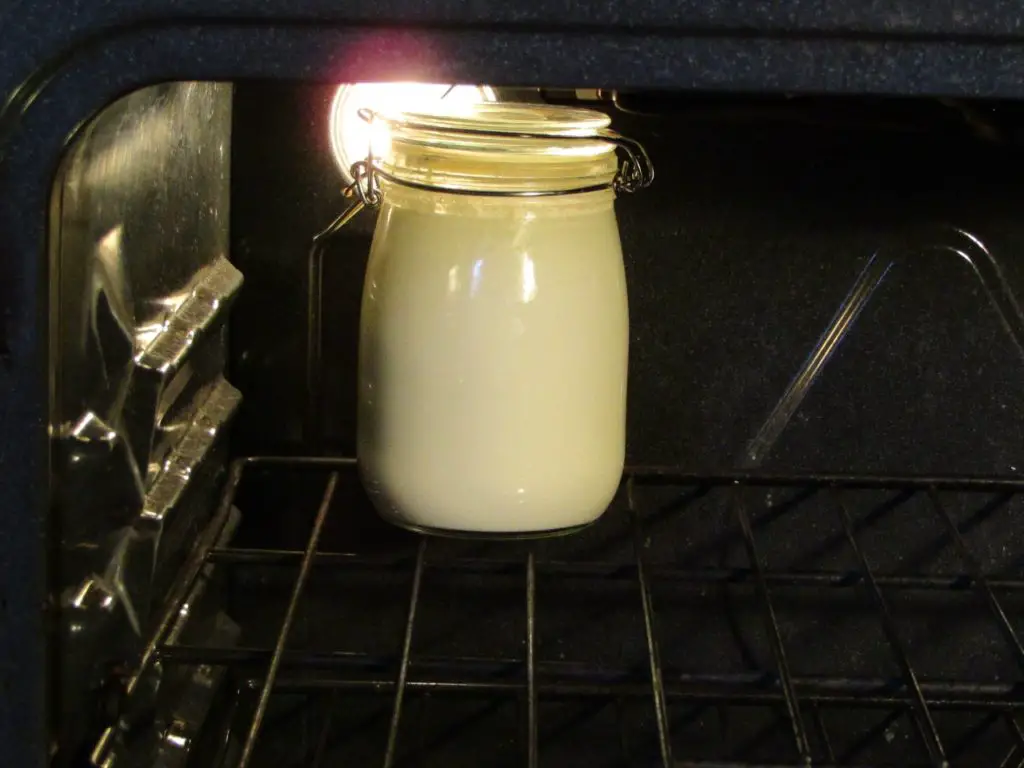
- Place lid and put jar into your incubation chamber and incubate for 6-12 hours
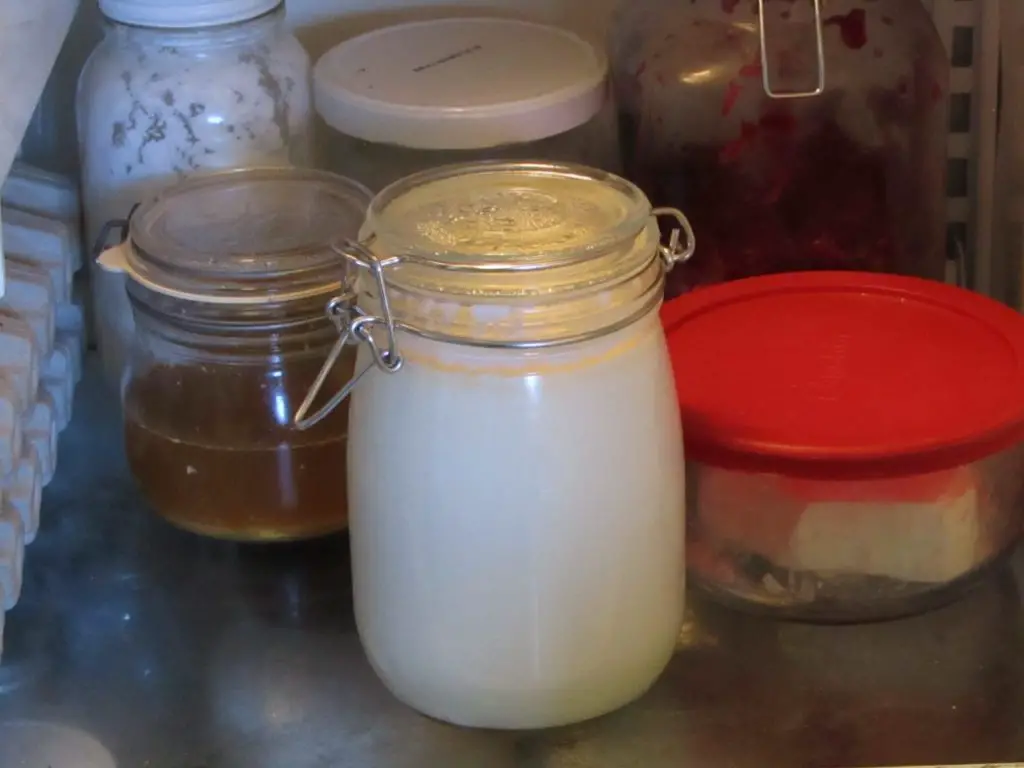
- Refrigerate yogurt 2 hours before using

